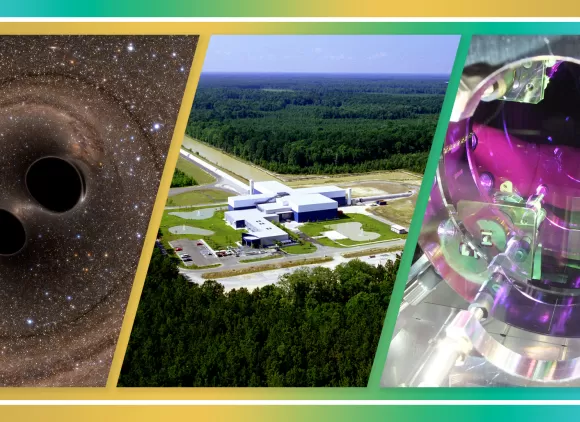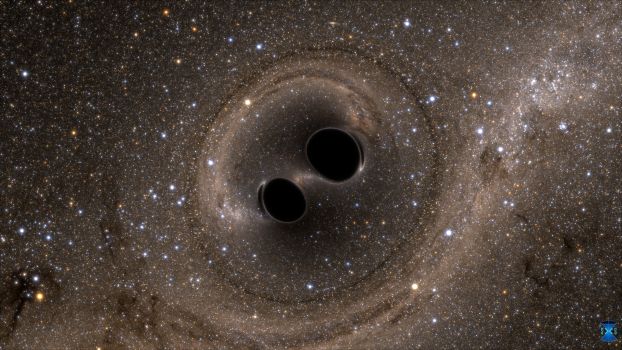
Credit: Simulating eXtreme Spacetimes (SXS) project
From theory to evidence
Ripples in space-time, known as gravitational waves, were first predicted by Albert Einstein in 1916. But they wouldn't be confirmed until 2015, when the U.S. National Science Foundation Laser Interferometer Gravitational-Wave Observatory (NSF LIGO) detected the waves created by the collision of black holes 1.3 million light-years from Earth.
This groundbreaking work earned physicists Rainer Weiss, Barry Barish and Kip Thorne the 2017 Nobel Prize in physics.
Gravitational waves cause space to stretch and squeeze, which can be measured through NSF LIGO's detection beams. The waves are 10,000 times smaller than the diameter of a proton, so the detectors must be extremely sensitive. NSF LIGO's detectors consist of L-shaped vacuum tubes, each 4 kilometers long — just under 2.5 miles.
An interferometer detects the interference between waves (i.e., light, radio or sound). When similar types of waves are in sync, it creates a larger signal that the interferometer can detect. The more out of sync the waves are, the less of the signal is detectable.
Gateway to the stars
Since this first milestone, NSF LIGO has turned the detection of once elusive gravitational waves into a weekly occurrence, identifying dozens of black hole merger events and opening a new window to the universe.
The observatory has also uncovered a series of extraordinary discoveries, including:
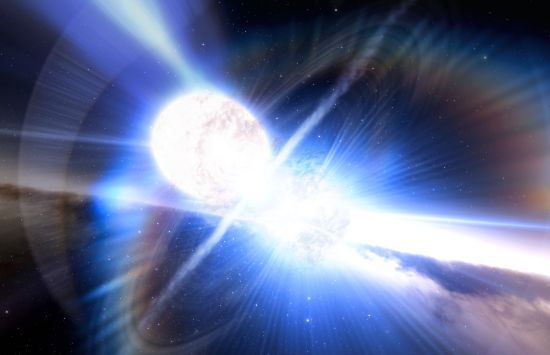
The first-ever observed collision of neutron stars — dense, dead stars remaining after supernova explosions — detected in 2017 alongside the European Virgo detector. Learn more about the discovery.
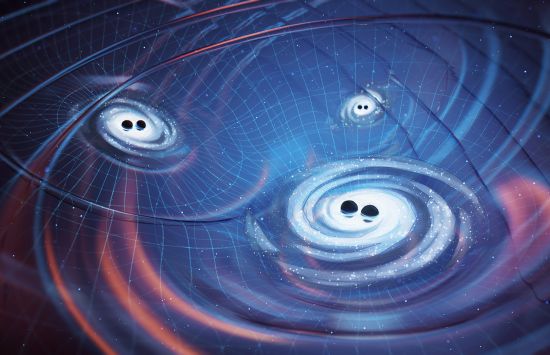
The most powerful gravitational wave source yet detected, likely originating from a binary black hole merger that released energy equivalent to eight suns — making it the most powerful explosion observed in the universe barring the Big Bang. Learn more about the discovery.
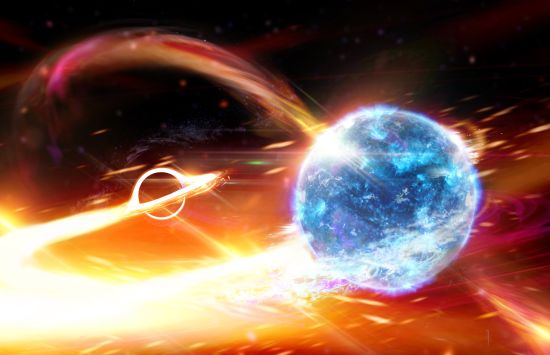
A mysterious object 2.5 times the mass of the sun, potentially the heaviest neutron star or the lightest black hole ever recorded. Learn more about the discovery.
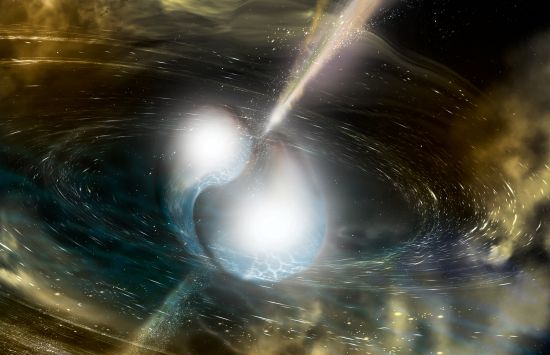
Evidence that neutron star collisions produce more heavy metals than collisions between neutron stars and black holes, offering vital insights into the origin of heavy elements in the solar system. Learn more about the discovery.
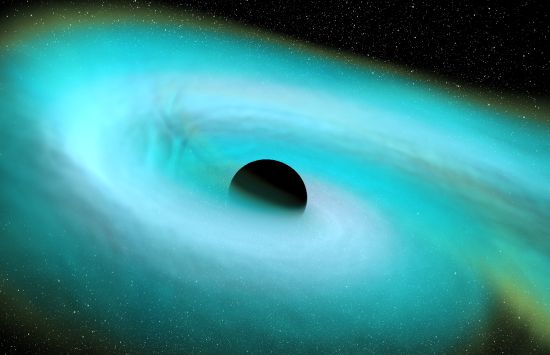
The first gravitational-wave detection of a mass-gap object paired with a neutron star, attributed to a collision between a neutron star and a black hole approximately 650 million light-years away. Learn more about the discovery.
To the future and beyond
NSF LIGO, one of the world's most sophisticated scientific observatories, operates two U.S.-based interferometers — one in Hanford, Washington and the other in Livingston, Louisiana — working in unison to detect gravitational waves.
Since the late 1990s, NSF LIGO has driven technological breakthroughs in areas as diverse as high-powered lasers, improved signal detectors and quantum technologies. Its innovations promise to unveil the secrets of supernovas and shed light on the extreme physics of the universe's earliest moments.
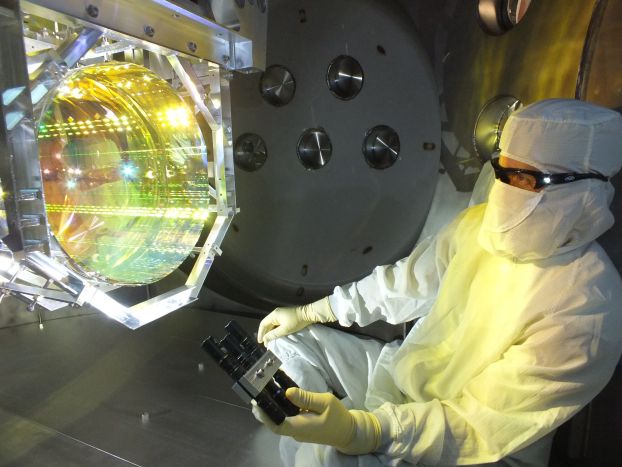
Credit: Matt Heintze/Caltech/MIT/LIGO Lab

